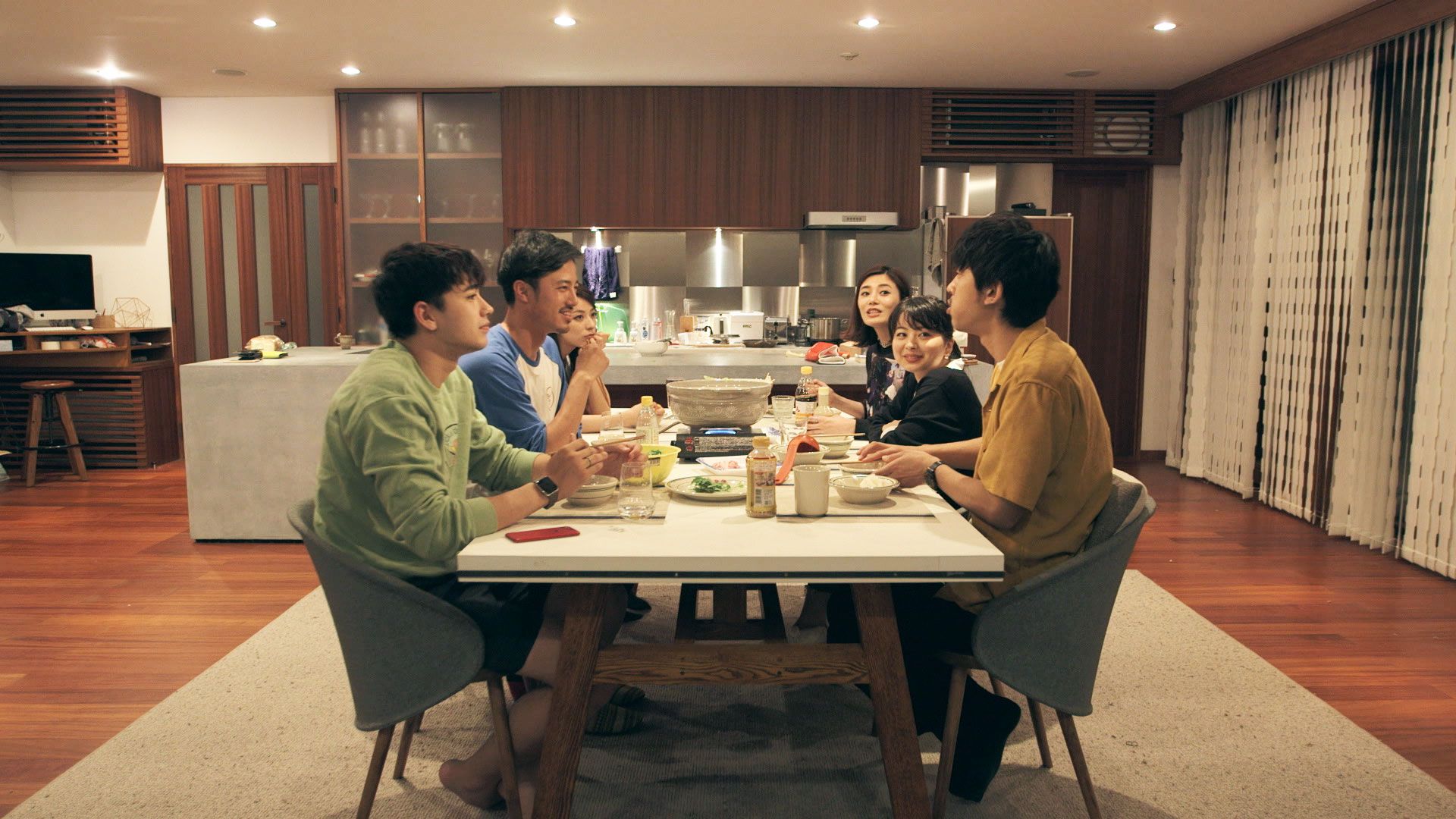I went to Iceland for spring break and I was fascinated with the language. It’s sad that so few people speak it – only 314K, which is less than the total population of Iceland! – so I want more people to learn it. Here are some awesome facts about the language that might get you to learn it!
Continue reading “Íslensku!”This is your sign to learn Icelandic! Do it with Drops!

This week’s recommendation is to learn Icelandic. It is believed to be the hardest Germanic language to learn for English speakers. It has some intense grammar and complex pronunciation. But you should learn it anyway! Icelandic is the closest living relative to Old Norse, which was spoken by Vikings. I’ve been trying to learn it and Drops is so far the best app to do it. One of the best features it has is lessons to teach you how to pronounce the extensive alphabet, which is tricky as there’s a mix of rolling r’s similar to Spanish, the eu sounds similar to French, and the gargling r’s from German. Some fun words I’ve learned are Hjàlp! (Hee-owl-fff-p, i.e. help!), tuttugu (impossibe to describe how it’s pronounced, i.e. twenty), and sveppur (sveh-prrr, i.e. mushroom). Some not so fun words I’ve learned are matvöruverslun (…, i.e. grocery store) and sjúkrahús (shoe-crah-whose, i.e. hospital).
Drops of God: Patricio’s Recommendation of the week!
Italki: Not offered at Reed? No worries!

If you’ve ever wanted to learn a language that isn’t offered at Reed, give Italki a try! Italki has tutors and teachers from all over the world, and languages from A-Z (literally). If you’re looking to start learning anything from Azerbaijani to Zulu, check out the site to discover what else they offer! Whether you’re just starting out or want to meet with a native speaker to improve your conversation fluency, you can find the tutor you need at the time you’re available.
Continue reading “Italki: Not offered at Reed? No worries!”Speaking Ancient Greek in modern-day Greece?

Today we are interviewing Basil-Anne, our Greek and Latin tutor. We talked about starting a language from scratch at Reed, the GLAM department, and studying abroad as a speaker of ancient languages!
Leilani: Would you like to talk a bit about your background, why you chose to study Greek and Latin?
Basil-Anne: Sure! I have studied Latin for a very, very long time. I started officially in fourth grade, but I think my first real Latin class was in seventh grade. So I’ve been taking it for a really long time. And I came into Reed undecided but I was very strongly either going to be a GLAM [Greek, Latin, and Ancient Mediterranean Studies] major or be in the Sociology department. I went to the GLAM open house during O-week and fell in love and was like, “This is where I want to be.” So I dropped Intro Sociology and switched into another GLAM class and have not looked back.
L: You mentioned taking Latin prior to Reed. Did you have the same experience with Greek, or did you start with Intro Greek?
B: I started with Intro Greek, and Greek was a lot harder than Latin because I was starting from scratch. But it’s a very cool language. My favorite thing about just Greek and Latin in general, and I don’t know if this is true for all language learners, is the kind of peak you hit where you’re thinking of every single thing and all of a sudden, you’re just not thinking of every single grammar thing anymore. That’s a really fun moment for me. It corresponds with the course load, like you switch from language classes to literature classes, and that’s just such a fun transition for me, of being able to be like, “OK, I know what I’m doing, and now I actually get to talk about literature.” Which is why language is so fun. So with Greek, I really got to see that process condensed from freshman year to now, senior year. It was great.
Continue reading “Speaking Ancient Greek in modern-day Greece?”Meet Sabrina! (Latin)
Salve! I’m a junior English major and Greek and Latin minor, and I have taken Latin classes from Alice, Ellen, and Sonia. I am eager to help with all kinds of Latin study, such as vocab memorization, preparing for exams, practicing forms, or talking through translations. Whatever it may be, I am here to support you, and I will do my best to cater to your specific needs.
LangLabbie note: Visit the Language Lab for Sabrina’s drop-in hours!
Meet our French and Greek/Latin tutor – Elizabeth Rollison
Hello! My name is Elizabeth Rollison, and I’m a senior GLAM major and French minor. I’ve been taking French since I was in middle school, and have taken both Greek and Latin at Reed. Learning a new language – especially a dead language – is an exciting process, but one that can also feel overwhelming and confusing at times. If you’re looking for a helping hand, feel free to come visit me at drop-in hours or reach out to schedule an individual tutoring appointment!
Pain and Growth and Growing Pains in La vita bugiardi degli adulti
Lately I listen almost exclusively to Massive Attack. This is partly because they’re a great band and I love their music, but I’d be lying if it wasn’t also largely out of a burning desire to embody some of the coolness radiated by Giovanna, also known as Giovà or Giannina, the brooding and complex heroine of La vita bugiardi degli adulti (The Lying Lives of Adults), a recent Netflix interpretation of Elena Ferrante’s novel of the same name.

Terrace House: Your Next Binge

Interested in improving your Japanese and watching reality tv at the same time? Terrace House has you covered. Beginning in 2012, the Terrace House series quickly gained international attention for its ‘calm and relaxed atmosphere’–uncommon on most reality tv show franchises. It’s even been described as a “reality show for people who hate reality shows”.
Continue reading “Terrace House: Your Next Binge”Learn Yiddish Online
Yiddish, a historically Jewish language, is closely related to German. It’s often said that Yiddish vocabulary is about 80% German words, 10% Slavic, and 10% Hebrew. Both were developed during the Middle Ages in central Europe, and many German speakers today can understand the language.
Yiddish uses the Hebrew alphabet, and writes from right to left. Start out by learning the Yiddish Alphabet at the YIVO institute’s webpage. YIVO also offers other resources online.
Yiddish Dictionary Online – Although the website is a bit counterintuitive, this is one of the most comprehensive Yiddish dictionaries available online. Many other dictionary websites use the data from this website with their own
Yiddishpop.com is a bit silly but is a great way to start learning the language. The lessons use short, animated videos. The benefit to these is that they are completely in Yiddish, and use context rather than translation to help you learn.
Yiddish Biz is a more traditional way to learn the language. Made up of a series of English-Yiddish videos, the site progresses from single words and short phrases, many of which involve English cognates, to more complex sentences.
Once you’ve mastered the basics of Yiddish, be sure to look at some of the cultural resources. The Yiddish Book Center website offers digital collections of books in Yiddish, as well as a number of other resources. The Yiddish Daily Forward is a cultural and news journal with many articles in English and Yiddish.
Last but not least, here’s a Yiddish pop song, “Dona Dona,” written in the 1940s and sung by Nehama Hendel in 1965…

